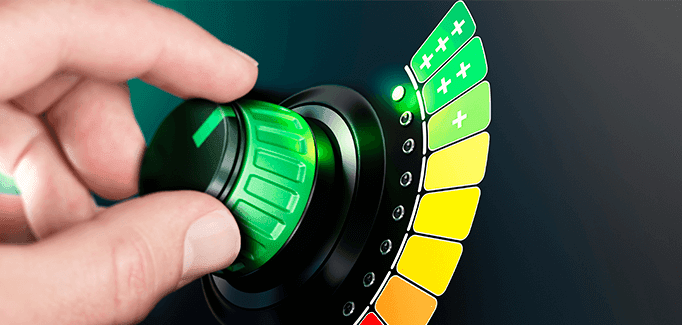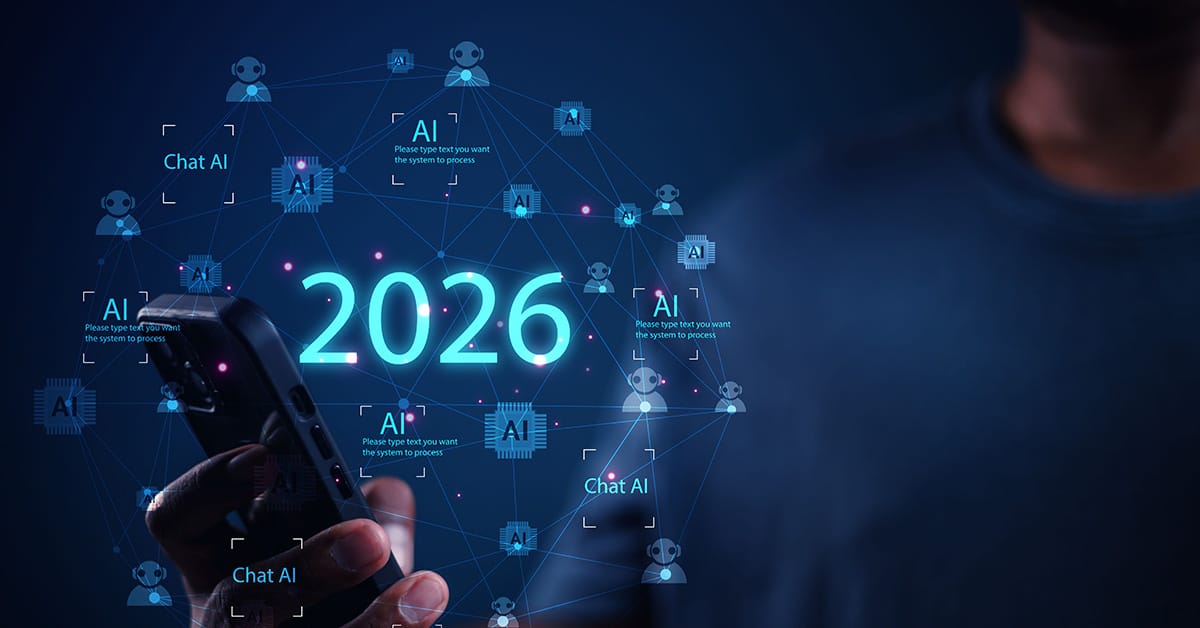
The Innovative New Way to Measure Customer Experience
Measurement provides a standard for how we understand the world. From weight, temperature, length, value and even time we rely on many forms of measurement in our daily lives. Measurement helps us get to work on time, bake the perfect cake for a special someone, ensure our finances are in order, and score our favorite game. Without measurement, we would have no way of knowing if something was right or wrong, fair or unfair, early or late, making progress or… you get the point! Measurement has become absolutely critical to compare and define progress.The great thing about measurement is that we can also improve the way we measure. With more experience and better tools our ability to measure improves. Improvements in measurement are enabling fascinating new technologies, including: driverless vehicles, mapping the human genome, and reminding me to achieve my daily step count goal. My favorite story of innovation in measurement is from Moneyball, which is a New York Times bestselling book and Academy Award nominated movie. It tells the story of the Oakland Athletics baseball team and how their general manager challenged conventional wisdom with game-changing analytics and smarter metrics.Legendary management consultant Peter Drucker may have said it best: "If you can't measure it, you can't manage it." Similar to the Oakland Athletics, businesses today are measuring more, faster, and better to improve management in order to win in the experience economy. A key insight in the business management game came in 2010 when researchers from CEB found that reducing the amount of effort a customer has to exert to get their problem solved is a higher indicator of customer loyalty than delight. By acting on this insight and removing obstacles for the customer, they found companies can reduce customer service costs and attrition rates. Naturally, businesses have focused on reducing customer effort, especially on the front line in contact centers. But how are they measuring customer effort and are there ways to improve it?Traditionally, customer effort has been measured by legacy methods: call length and survey scores. While these measurements are tried-and-true, they have not evolved as interactions have become more complex nor have they benefited from recent technology. Call length struggles to determine if the problem was resolved. Survey scores are subject to bias and have problematic samples, especially at the employee level. Faced with these challenges, it was imperative to develop a new way of measuring customer effort.NiCE Nexidia, a leader in AI-Fueled Speech Analytics, improved the measurement of customer effort by stitching together time across multiple interactions. Customer Effort Time (CET), which is powered by the ability to capture and analyze every interaction, more precisely measures the effort a customer exerted to resolve their problem without burdening them to complete a survey. To illustrate, if a customer contacted Acme Co. and spoke to employee A for 5 minutes, was transferred to employee B where he spoke for another 3 minutes, but then had to call back the next day and spoke for 7 minutes before his problem was finally resolved… that's now 15 minutes of Customer Effort Time. Coupling these interactions gives a fuller more precise measurement of customer effort.In addition to more precise measurement, this new calculation more appropriately associates customer effort time to the appropriate employee. In the above example, the length of the second and third interactions can now be taken into account when measuring the original handle time of employee A, which was 5 minutes. This modern approach is an innovative way to use analytics to measure interactions and balance both efficiency and experience goals.The first place NiCE Nexidia is operationalizing CET is with Predictive Behavioral Routing. This new measurement adds to a long-list of metrics that can be optimized by intelligent routing. By leveraging advanced analytics we can now create smarter connections that reduce customer effort. To learn more about the benefits of bringing Predictive Behavioral Routing into your business please visit: www.nice.com/pbr



